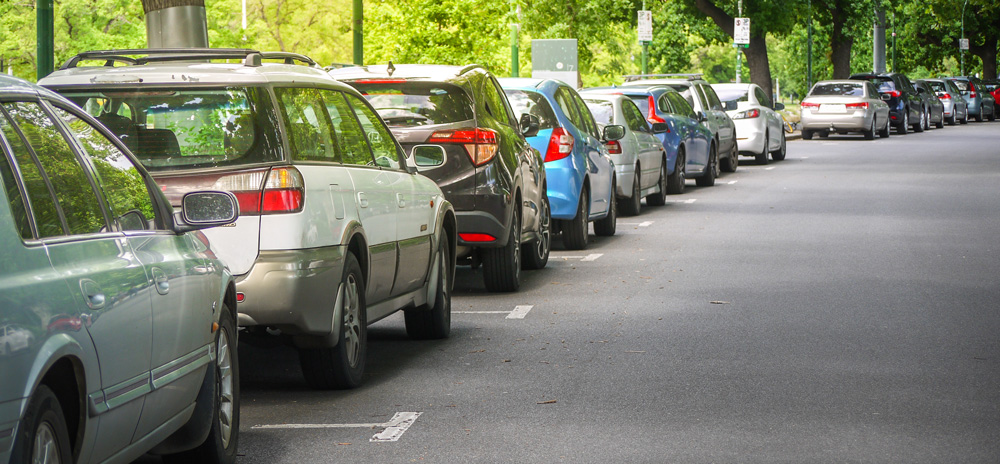Top Tips for Parallel Parking
Parallel parking can be one of the most daunting tasks for learner drivers. With heavy traffic and numerous parked vehicles, the challenge can feel overwhelming. Mastering this skill is essential, as you can’t always rely on finding two empty parking spots. Here’s a step-by-step guide to help you park like a pro, even in tight spaces.
Top Tips for Parallel Parking
1. The Slower, the Better
Feeling the pressure of other drivers and the fear of holding up traffic can make parallel parking stressful. However, rushing will only lead to mistakes. The key is to take your time through each step. When you arrive at the parking space, position your car next to the parked vehicle. Then slowly reverse, turning the steering wheel toward the curb. Check your mirrors, and when your car is partially in the spot, turn the wheel in the opposite direction. Keep an eye on your blind spots and continue to reverse. Straighten the steering wheel and move forward slightly to perfectly position your car in the parking space.
2. Reverse into the Spot
Many people think it’s easier to go nose-first into a parallel parking spot, but this usually results in more back-and-forth adjustments. Instead, drive past the parking space, turn the steering wheel, and slowly reverse into the spot. Use your indicator and position your car next to the car in front of the parking space. This method is more efficient and ensures your vehicle is closer to the curb.
3. Take Advantage of Your Surroundings
Use the cars around you to help orient yourself. When you find your parking spot, align your front wheels with the back wheels of the car in front. This gives you enough room to make the turn. Look for landmarks in your vehicle and check your mirrors for reference points. Turn the steering wheel toward the curb and reverse until you can no longer see the car behind you in the rear-view mirror. Make sure your car’s nose is aligned with the back of the car in front. Then, turn the steering wheel in the opposite direction to slide fully into the parking spot.
4. Curb Awareness
Avoid parking too close to the curb on your first move. Leave a small gap between your car and the curb during your initial manoeuvre. If you reverse too closely to the curb before turning the wheel away, you risk hitting it. Keeping a safe distance will make your final adjustment smoother.
5. Practice Makes Perfect
Remember, the more you practise, the better you’ll get. Start in an empty parking lot to get a feel for the movements and build your confidence.
Do You Need to Know How to Parallel Park?
Absolutely! Knowing how to parallel park is crucial for passing your driving test. In fact, failing to demonstrate this skill correctly can result in an instant fail in NSW, ACT and QLD. Examiners often include parallel parking as part of the driving test to assess your ability to handle common real-world situations.
Beyond the test, mastering parallel parking is essential for everyday driving. Whether you’re navigating busy city streets or trying to find a spot near your favourite café, being able to position your car in a parallel parking space is incredibly useful. Perfecting this skill ensures you can park safely and efficiently, reducing stress and potential hazards on the road.
Key Points for Passing the Parallel Parking Test
- Approach and Preparation: Signal your intentions early and position your vehicle correctly alongside the car in front of the parking space.
- Observation: Regularly check mirrors and blind spots before and during the manoeuvre.
- Control and Accuracy: Maintain slow, controlled movements, avoid hitting the kerb, and ensure your vehicle is within the required distance from the kerb and other vehicles.
- Direction Changes: Limit the number of direction changes to achieve a clean and efficient park.
We Can Help You Park Like a Pro
If you want to master parallel parking and other challenging driving manoeuvres, contact LTrent Driving School today to book driving lessons in NSW, ACT or QLD. We provide comprehensive instruction to ensure you drive safely and confidently. If you are an NSW learner driver, consider completing the Safer Drivers Course, which accounts for 20 hours towards your logbook.
